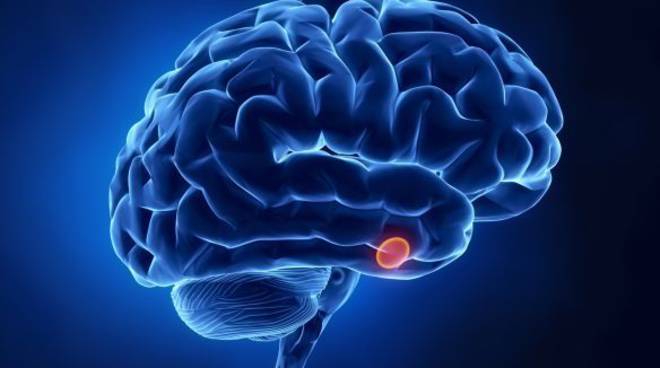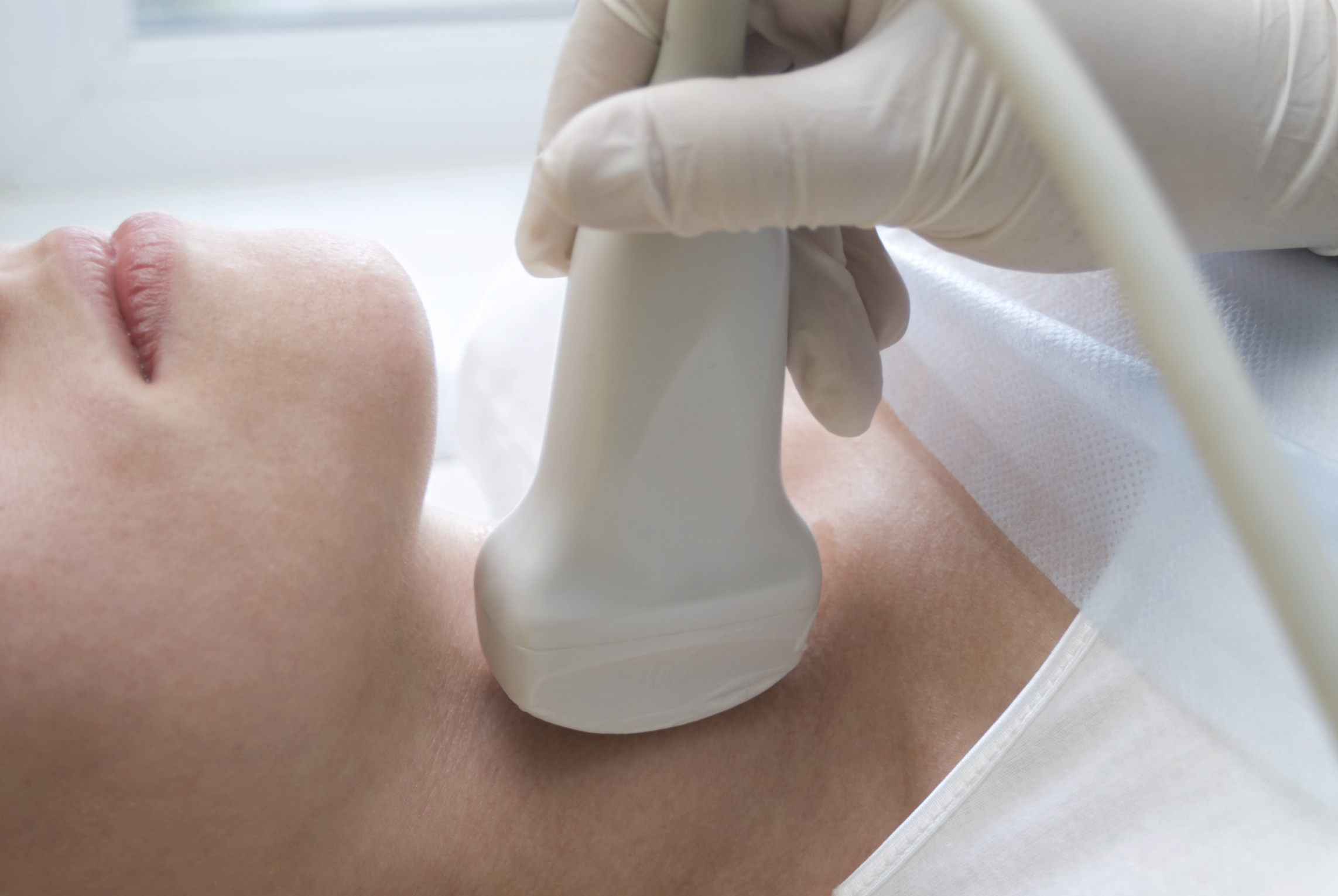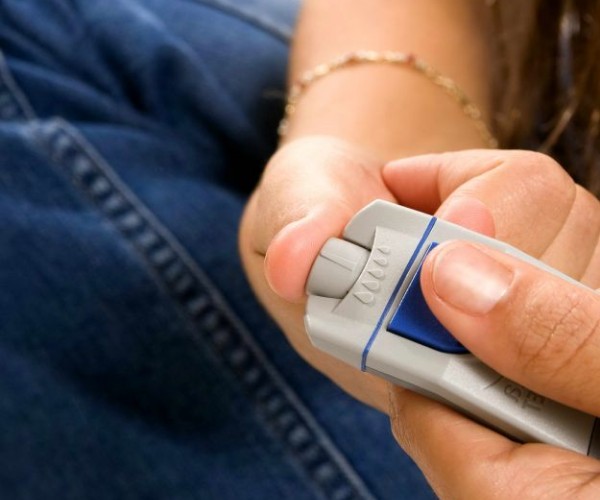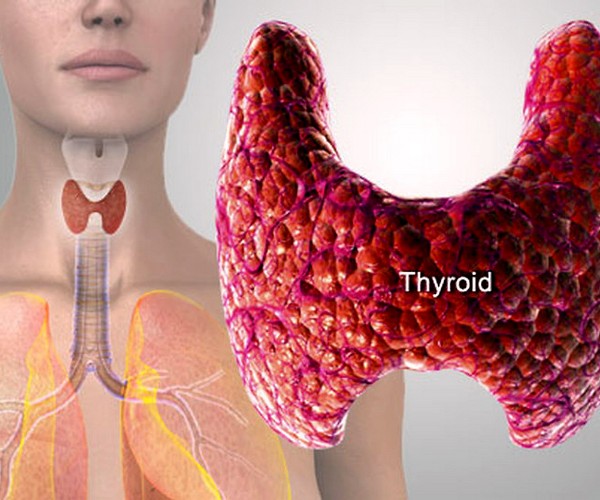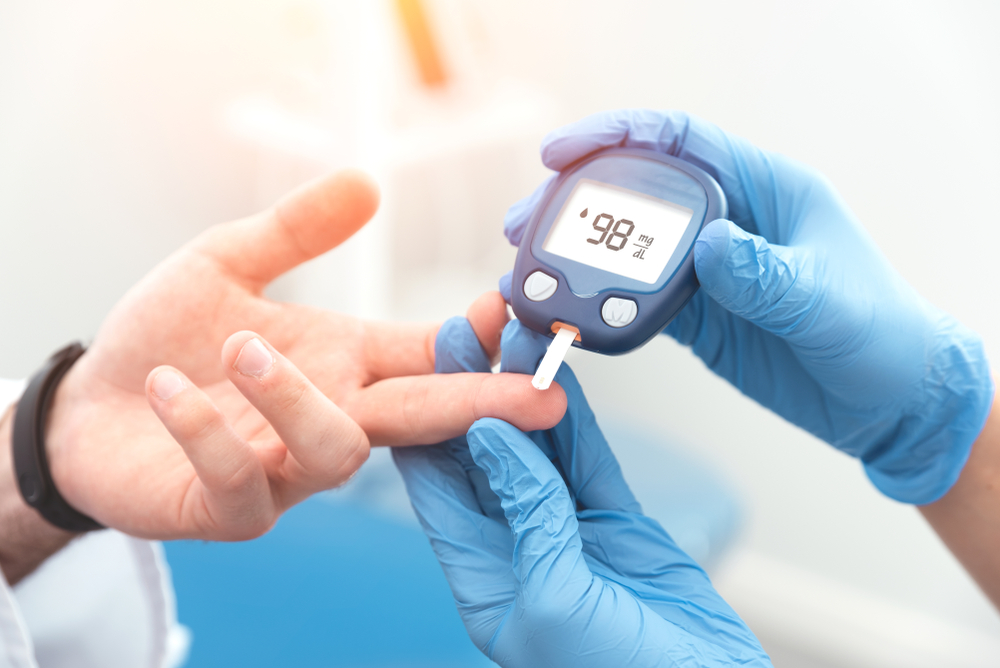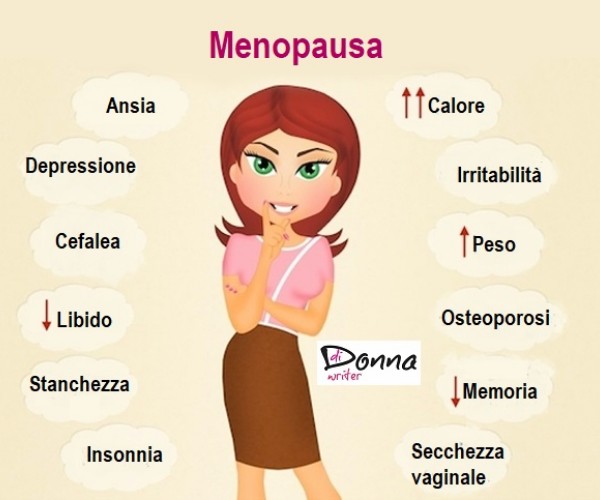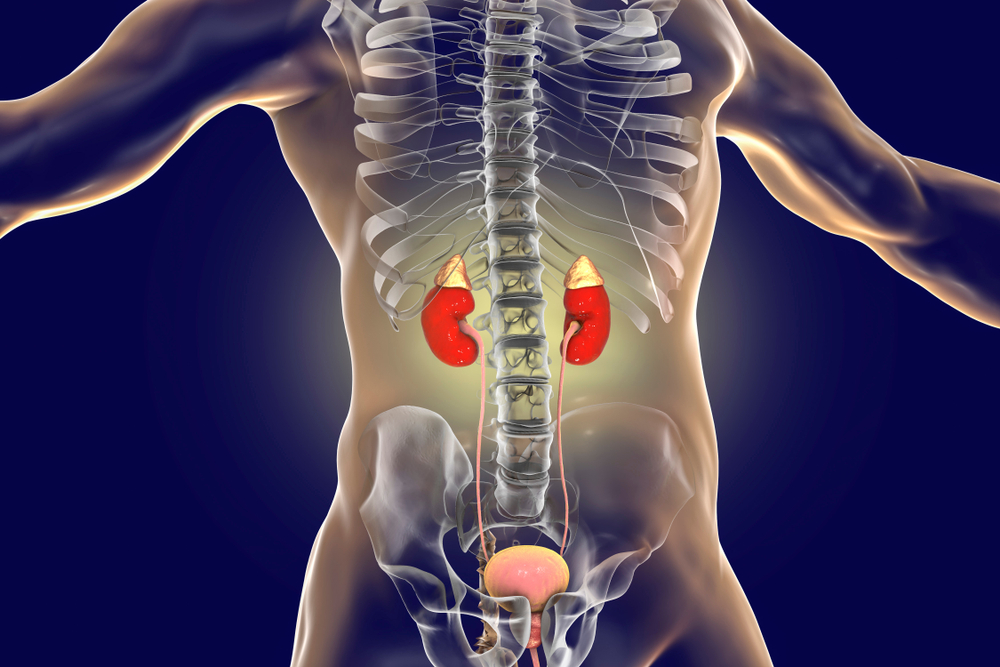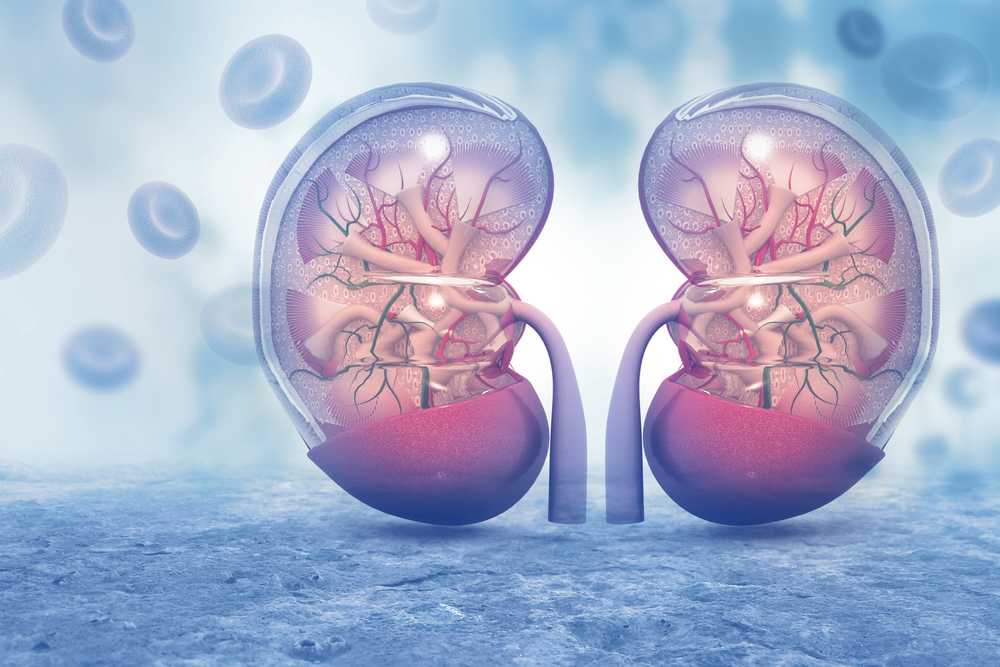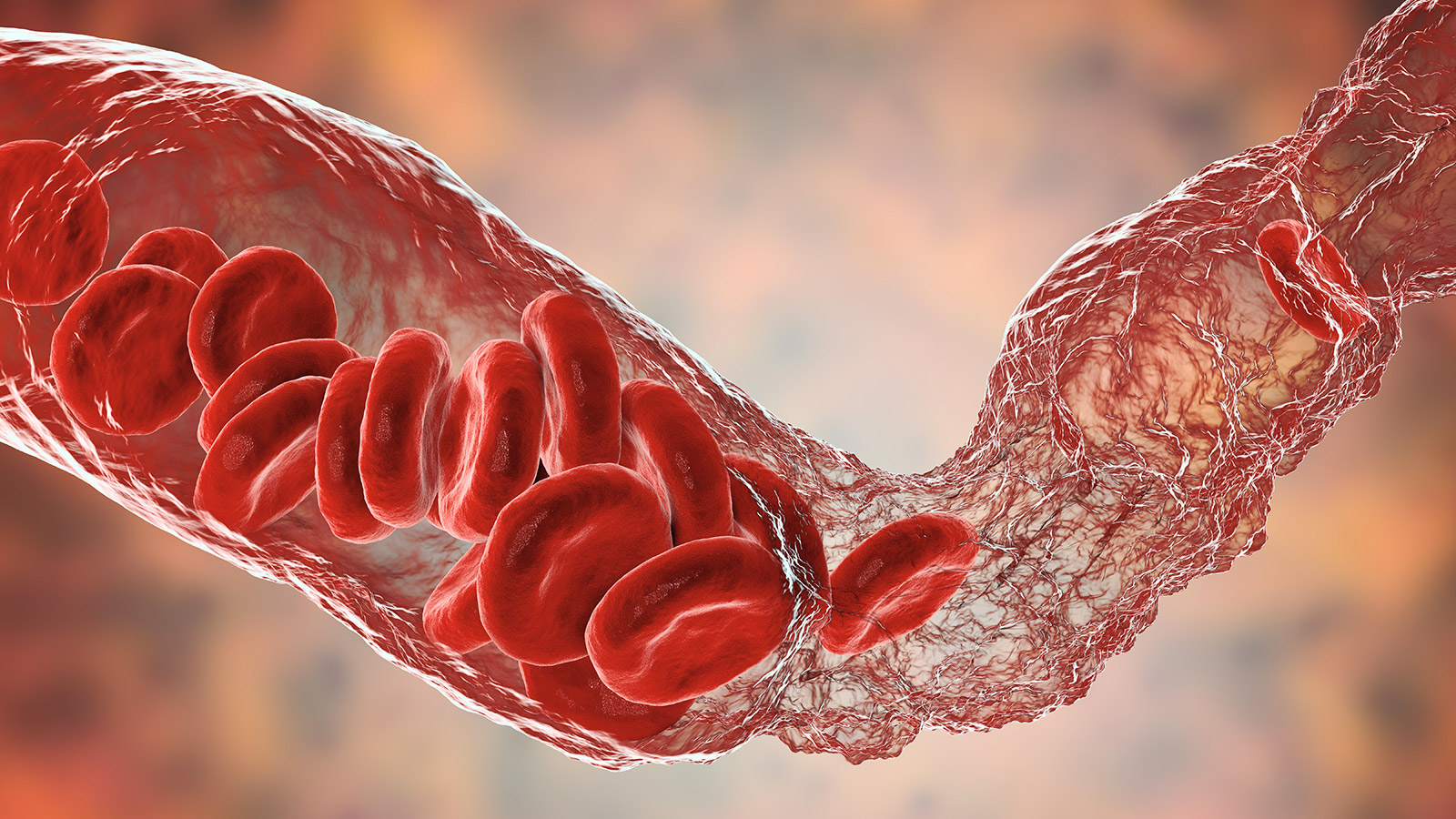Far from being a mere cosmetic problem, overweight and obesity are an established risk factor for the development of number of metabolic (foremost among them diabetes), acute cardiovascular (such as myocardial infarction and cerebral stroke) and chronic (atherosclerosis, coronary artery disease, carotid stenosis, etc.), endocrinological (reduced fertility, etc.) and oncological (colorectal, breast, pancreatic cancer, etc.) diseases.
In recent decades, the prevalence of problems related to excess body weight has exponentially increased in both Western and developing countries, mainly due to the adoption of unhealthy lifestyles, characterized by inadequate diet (based on foods with excessive sugar and fat content and characterized by caloric intake in excess of actual individual needs) and little or no physical activity.
The problem affects almost every age group, but it can be considered a real epidemic in children/adolescents and in old age, leading, in the former case, to a dramatic increase in the likelihood of developing cardiometabolic and oncological diseases in adulthood and, in the latter, to a significant increase in morbidity, disability, and mortality, with a consequent negative impact on overall current and future social-health spending.



